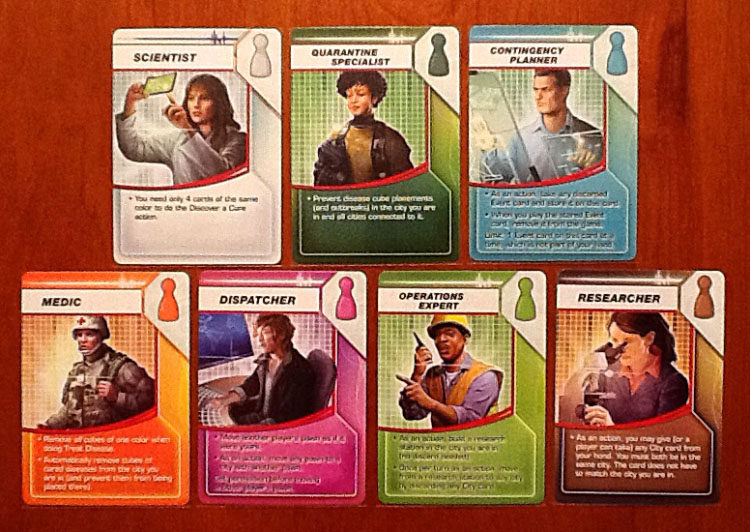The biggest lesson I learned from making Overgrowth was how to be comfortable with complexity. Systems games are incredibly complex, and something I didn’t understand early on was that making something that complex demands that you are comfortable with not entirely understanding the thing you’re building as you’re building it. In the early stages of our game, I kept pushing our team to “keep it simple” since I stubbornly wanted to be able to understand the entire game system at once. However, this ironically also led to games that players could understand all at once, and our early iterations of Overgrowth quickly devolved into basic strategies.
Luckily, my team pushed me to let go of the design “reigns” a little bit, throw a bunch of mechanics at the game at a rapid-fire pace, and then pare back from there. Looking back, it’s not a design strategy that I’ve employed before; all of the games I made in CS 247G last year, as well as both my P1 and P2, are pretty simple. But ultimately, this epiphany led to some of the most fun parts of Overgrowth, like the event cards which change up the gameplay each round. Originally, I was skeptical about adding them, since I thought they were too unwieldy. But they ended up being one of my favorite parts of the game. I have to thank my team for pushing me out of my comfort zone on this front. So, another lesson I’m taking away is to sometimes just trust your co-designers and see where they take you, especially when you disagree with them.
Another lesson that I’m taking away is how important look and feel are to players. This is actually a realization I had when playing Canvas in class. When I played, I was entirely caught up in the mechanics and strategy, and ignored the artwork. But I was surprised (and a little frustrated) when some of the people playing the game were just trying to make the prettiest painting. Before that experience, whether I would’ve admitted it or not, I think I had this conception that gamers put strategy and winning first, and treat the art of the game like polish on the back end. But I realized that there are types of players that only care about the art. Overgrowth is probably the prettiest game that I’ve made, and I have to thank Ji Hong and Shana, who are both incredible visual designers. Shana’s skills in the PRL took our game to the next level with the wooden box that she made. And players walked away from Overgrowth naming its visual design as one of its best qualities. Ultimately, the visual design was an integral part of the experience, not just the veneer.
Making Overgrowth was a blast, and I hope players love playing it as much as we did making it. Here’s to taking it even further in P4!


